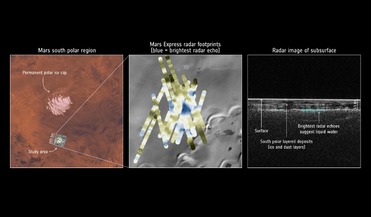 27 July 2018
A pool of liquid water found under Mars' south pole
27 July 2018
A pool of liquid water found under Mars' south pole
...spacecraft has found what appears to be a pool of liquid water buried under the surface of the martian south polar .... Could comparable underground pockets of salty, sediment-rich liquid water on Mars also provide a suitable breeding ground for ...
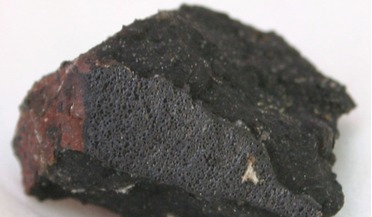 12 May 2021
Scientists discover liquid water inside a meteorite
12 May 2021
Scientists discover liquid water inside a meteorite
... asteroid that formed 4.6 billion years ago has been found to contain small pockets of carbon dioxide-rich liquid water, a finding which provides direct evidence of the dynamic evolution of the solar system. On this planet at least...
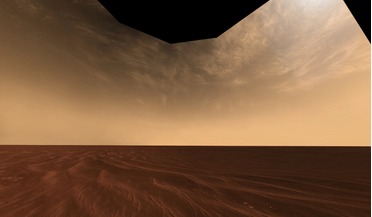 15 August 2016
Was early Mars warmed by cirrus cloud cover?
15 August 2016
Was early Mars warmed by cirrus cloud cover?
... as Warrego Vallis or Nandi Vallis, are postulated to have formed from a flowing liquid, most likely water. But how Mars sustained a climate suitable for liquid water to flow has been a major interest for astrobiological researchers for some time...
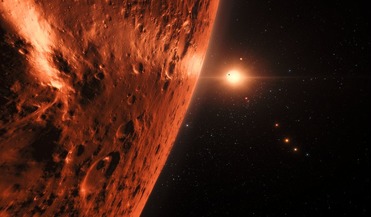 01 September 2017
TRAPPIST-1 planets could contain substantial amounts of water
01 September 2017
TRAPPIST-1 planets could contain substantial amounts of water
... break the bonds of molecules into their constituent atoms. This is a process known as photodissociation and in the case of a water molecule, once it is broken up, the very light hydrogen atoms can escape the exoplanets’ atmosphere. Instruments such...
 October 2018
Could salty brines be the key to microbial life on Mars?
October 2018
Could salty brines be the key to microbial life on Mars?
... that despite the low temperatures and very low atmospheric pressures that restrict liquid water to only the most transient lifetime on the surface, liquid water is nonetheless changing and shaping the surface of Mars today. In certain locations and...
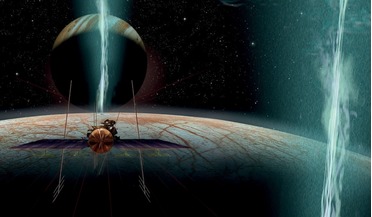 March 2018
Plumes on Europa - tasting an extra-terrestrial ocean
March 2018
Plumes on Europa - tasting an extra-terrestrial ocean
... Other measurements of the moon, made mostly with the Galileo spacecraft, indicate that there is a global ocean of liquid water hidden underneath a thick layer of ice and although it cannot be viewed directly, there are strong indications it is there...